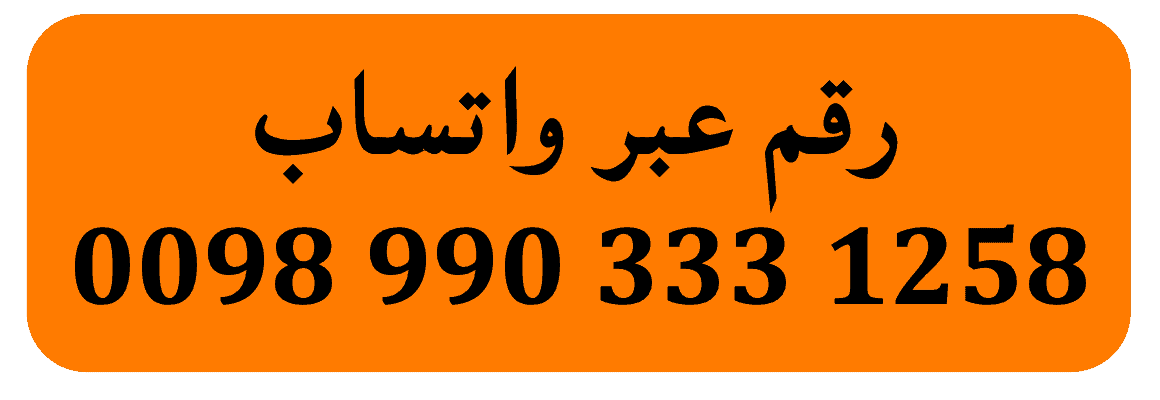Preimplantation Genetic Diagnosis (PGD)
Preimplantation genetic diagnosis (PGD) is a procedure used prior to implantation to help identify genetic defects within embryos. This serves to prevent certain genetic diseases or disorders from being passed on to the child. The embryos used in PGD are usually created during the process of in vitro fertilization (IVF).
How is the PGD performed?
Preimplantation genetic diagnosis begins with the normal process of in vitro fertilization that includes egg retrieval and fertilization in a laboratory. Over the next three to five days, the embryos will divide into multiple cells.
Preimplantation genetic diagnosis involves the following steps:
- First, a couple/few cells are microsurgically removed from the embryos, which are about 5 days developed. After this cell collection, the embryos are safely frozen.
- The DNA of the cells is then evaluated to determine if the inheritance of a problematic gene is present in each embryo. This process takes at least one full week.
- Once PGD has identified embryos free of genetic problems, the embryo(s) will be placed in the uterus (usually by an IVF procedure), and the wait for implantation and a positive pregnancy test begins.
- Any additional embryos that are free of genetic problems are kept frozen for possible later use while embryos with the problematic gene(s) are destroyed. This testing process may take weeks.
Getting from the egg retrieval process to the final results of PGD can take several weeks. If you think about it, this process includes collection, fertilization, 3-5 days of development, 1-2 weeks of testing, and scheduling an appointment to discuss results with your doctor. It is important to keep this in mind if you plan to pursue IVF with PGD so that you know what to expect!


